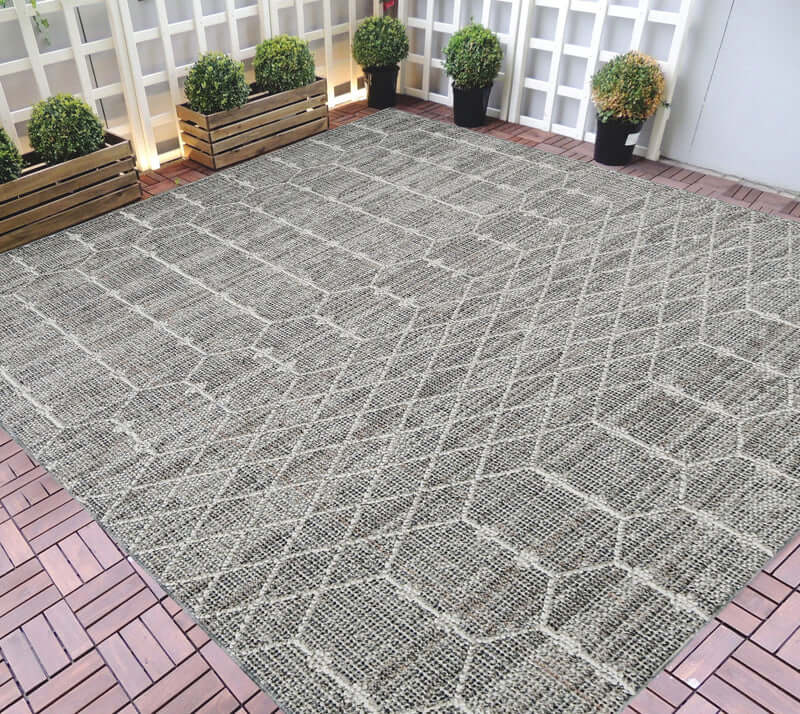
How to use outdoor carpets to separate different areas in your backyard or garden?
Using outdoor carpets is a great way to separate different areas in your backyard or garden, creating defined spaces and adding visual interest to your outdoor living area. Here’s how you can effectively use outdoor carpets to achieve this:
Identify the Areas and Carpets:
Determine the different zones or areas you want to create in your backyard or garden. Common areas may include a dining space, lounge area, play area, or a reading nook. Select outdoor carpets that are suitable for your specific needs. Look for carpets made from durable and weather-resistant materials that can withstand outdoor conditions, such as UV rays and moisture.
Measure the Spaces:
Measure the dimensions of each area where you want to place the outdoor carpets. This will help you choose the right size and shape of carpets for each zone.
Use Rugs for Seating Areas:
Place outdoor rugs or carpets under seating areas such as outdoor sofas, chairs, or dining sets. This not only defines the space but also adds comfort underfoot for you and your guests. Use outdoor carpet runners or create pathways with outdoor carpets to lead from one area to another. This guides people through your backyard and can also be functional, protecting your grass or other surfaces.
Play Area and Kids’
Zones: If you have a designated play area for kids, use colorful and playful outdoor carpets to make it inviting and safe. This can be especially useful in areas with swing sets, playhouses, or sandboxes. Place outdoor carpets under larger pieces of furniture, such as an outdoor dining table or a gazebo. This creates a visual anchor for the furniture and sets it apart from the surrounding space.
Maintenance and Care:
Regularly clean and maintain the outdoor carpets to keep them looking fresh and vibrant. Periodically inspect for any wear or damage and replace or repair as needed. Get creative with outdoor carpets by using them as artistic elements.
How to properly install and secure outdoor carpets to prevent slipping or tripping hazards?
Surface Preparation: Before installing the outdoor carpet, ensure the surface is clean, dry, and free from debris. Remove any dirt, dust, or loose materials that could interfere with the adhesion of the carpet.
Measure and Cut: Measure the area where you plan to install the outdoor carpet and cut the carpet to fit the space properly. Leave a small gap between the edges of the carpet and any fixed objects, such as walls or steps.
Apply Adhesive Evenly: If using adhesive, apply it evenly to the back of the outdoor carpet. Avoid excess adhesive that could seep out from the edges and create a tripping hazard.
Press Down Firmly: Once the outdoor carpet is in place, press down firmly to ensure proper adhesion. Use a carpet roller or a weighted object to apply even pressure across the entire surface.
Use Nails or Tacks for Edges: In areas where the outdoor carpet’s edges are exposed and might lift, use galvanized nails or tacks to secure the edges to the surface.
Replace Worn-Out Carpets: Over time, outdoor carpets may wear out due to weather exposure. Replace worn-out carpets to maintain a safe outdoor environment.
Be Mindful of Weather Conditions: Consider weather conditions when installing outdoor carpets. Avoid installing carpets during rainy or snowy weather, as wet surfaces can affect adhesive effectiveness.
